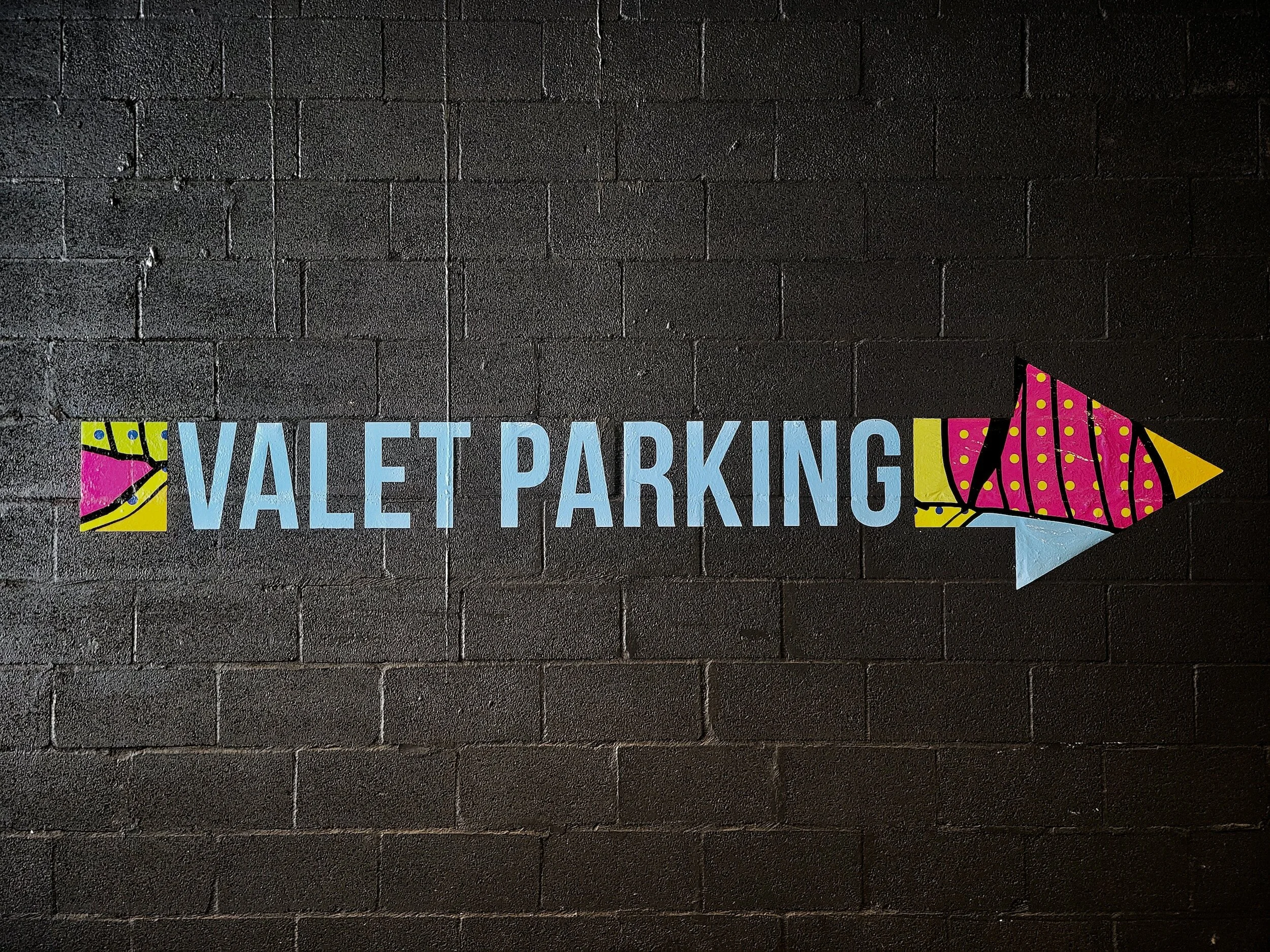Accessible Passenger Loading Zones
The Significance of Accessible Passenger Loading Zones and ADA Requirements
Accessible passenger loading zones play a crucial role in ensuring equitable transportation for all individuals, regardless of their mobility. The Americans with Disabilities Act (ADA) and the California Building Code (CBC) has set forth specific requirements to ensure that these loading zones are designed and maintained in a way that promotes inclusivity and independence.
Accessible passenger loading zones serve as a gateway to transportation for people with disabilities, elderly individuals, and those with temporary mobility impairments. These zones facilitate safe embarkation and disembarkation from various services and modes of transportation, including: valet, shuttles, taxis, ride share services, etc. By providing a designated space close to entrances, drop-off and loading zones eliminate the barriers that hinder individuals with mobility challenges from participating fully in public life.
One of the most significant benefits of these loading zones is the enhanced sense of independence they provide to individuals with disabilities. Such zones enable passengers to enter and exit vehicles with ease, eliminating the need for complex maneuvers or assistance from others. This not only empowers people with disabilities to travel autonomously but also fosters a sense of dignity and self-sufficiency.
ADA Requirements for Accessible Passenger Drop-Off & Loading Zones
The Americans with Disabilities Act (ADA), passed in 1990, established comprehensive guidelines to ensure equal access for individuals with disabilities in various facets of public life, including transportation. The ADA Standards for Accessible Design specifically addresses accessible passenger loading zones in places of public accommodation such as Hotels, restaurants, theme parks, etc.
Accessible passenger loading zones must meet several requirements to ensure they accommodate a wide range of mobility needs. First and foremost, these zones must be located on an accessible route, meaning that they should be connected to the primary path of travel and be free from obstacles that might impede accessibility.
A vehicle pull-up space must be clear, level and meet 8 feet minimum by 20 feet minimum dimensional requirements. Much like an accessible parking stall, an accessible loading zones must feature an adjacent access aisle. This aisle provides additional space for individuals to deploy ramps, lifts, or other mechanisms needed for safe entry and exit. The minimum width of the access aisle is 60 inches by the length of the pull-up space and it must not overlap with a vehicular way.
The most common non-compliant features of accessible passenger drop-off and loading zones include: access aisle that overlap with the vehicular way, surface slopes greater than 2% and the presence of truncated domes within the access aisle.
Certified Access Specialist
The requirements of accessible passenger loading zones are regulated by both the ADA and the CBC depending on the site location. These standards are similar but not exactly the same. It is important to consult with a Certified Access Specialist (CASp) to determine which construction related accessibility standard to apply to your particular project. Contact one of our CASp experts if you need assistance with passenger drop-off and loading zones.


